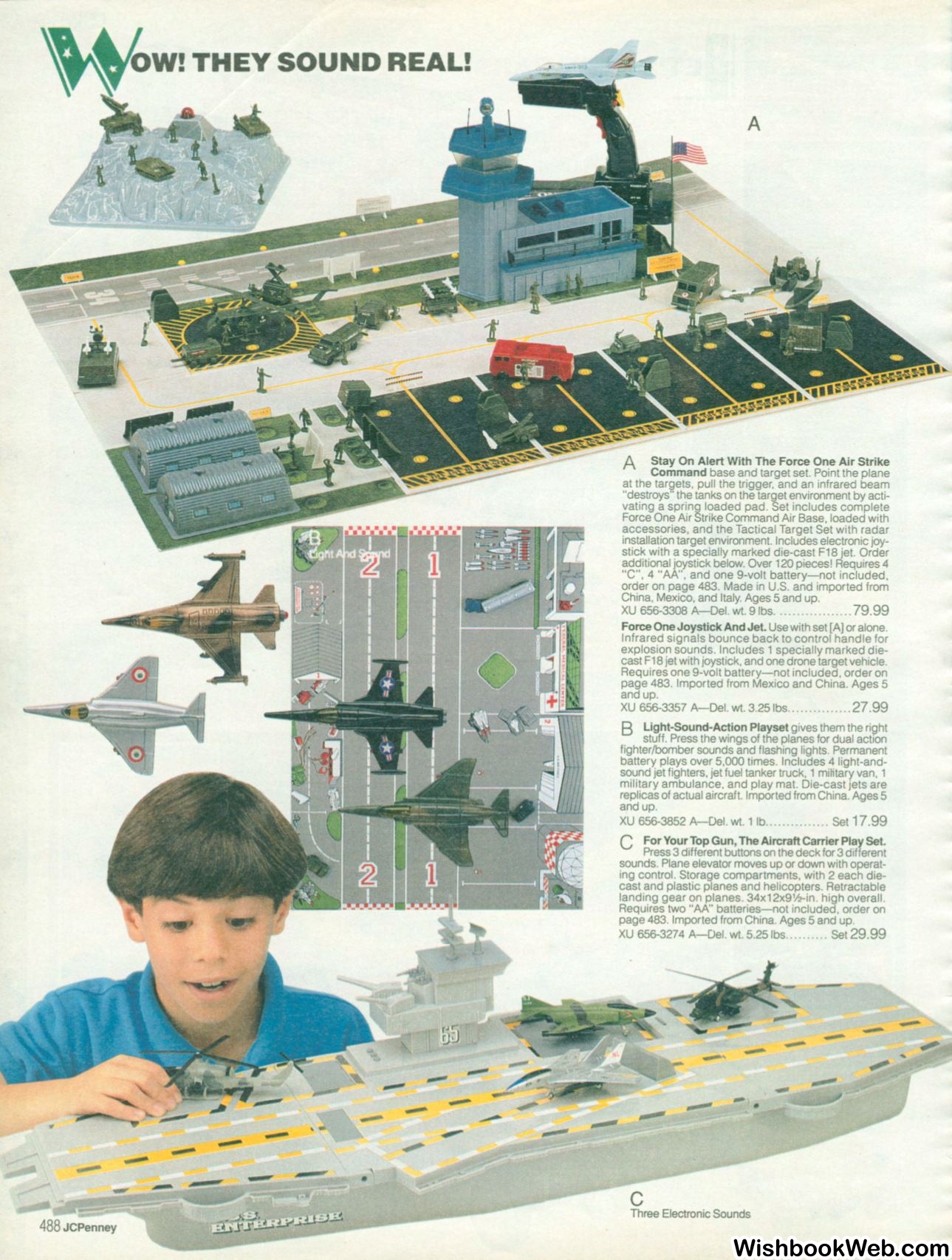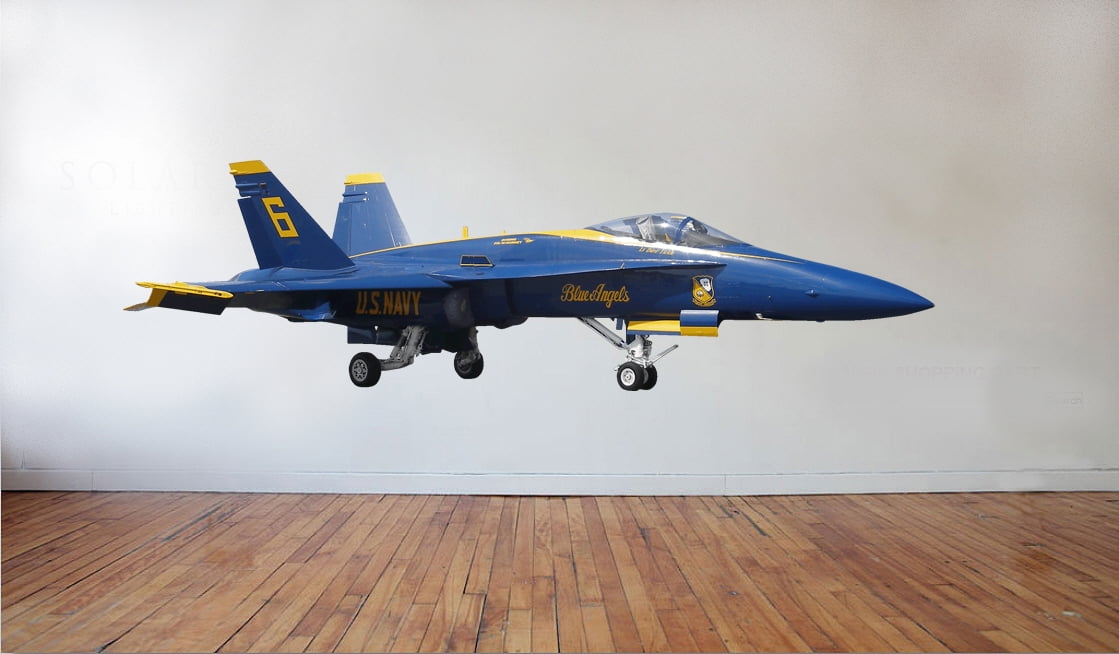
If Clara Ball has been called, it will begin immediately. Your response format is - “, Ball.” For example:Īfter calling the ball, the LSO will give guidance down from ¾ miles. The LSO (Landing Signal Officer), upon you entering the "groove", or the final approach to the carrier, will call out "call the ball".

(If Wire Missed) Bolter! Monitor Fuel Levels.Set Hook UP, Set Wings UP, Set Flaps 0, Taxi to Parking Area (If Wire Caught) Hold Afterburner for 4 seconds.Upon Contact, Advance Throttle to Afterburner in case you miss the wires to avoid stalling.Fly the aircraft onto the runway and make contact with the arrestor cables. Mind you do not overcorrect with your maneuvers here. In the final stages of the approach, follow LSO's guidance as closely as possible.(BALL WILL INCREASE BRIGHTNESS WHEN CENTERED) Follow the “Meatball” on the HUD to landing: If the Light is low, so are you.At ¾ miles, the LSO will call out ", Call the Ball.".Slow to where your Angle of Attack (AoA) is at 8 degrees (adjust power accordingly).Contact Tower for landing clearance and Information.Lower your Landing Gear and slow your aircraft to 250KIAS (use your airbrakes if needed).Fly past the starboard side of the carrier.The checklist below serves as a baseline for stable carrier approaches. It takes time to develop a good technique for making smooth carrier landings.
#Control f18 carrier landing with joystick how to#
It is generally a good idea to learn how to make minimal corrections to your flight path and start your maneuvers as early on as possible. Unlike landing on an airport's runway, landing on a carrier is more about precision than anything else.

The Aircraft Carrier has 4 catapults, numbered 1–4. The AV-42C and F-45A have automatic CATO TRIM when Flight Assist is ON. Activation of CATO TRIM is not required but is highly recommended to simplify takeoffs and ensure safe rotation. The F/A-26B has a CATO TRIM switch on the flight assist panel that trims the rear stabilizers up by ~20°. This page will go through those techniques in detail, and explain how they pertain to VTOL VR. As such, real-world patterns and techniques should generally be applied here. VTOL VR models many aspects of carrier landings, such as wind and hook physics. The F/A-26B is the primary carrier-based aircraft due to its lack of VTOL functionality. The Assault Carrier - a smaller carrier intended for use with VTOL/STOVL aircraft like the F-45A and the AV-42C.Īll playable aircraft in-game aside from the AH-94 support carrier operations.The Aircraft Carrier - a typical aircraft carrier.There are two different types of carriers available to the playable faction in VTOL VR:


 0 kommentar(er)
0 kommentar(er)
